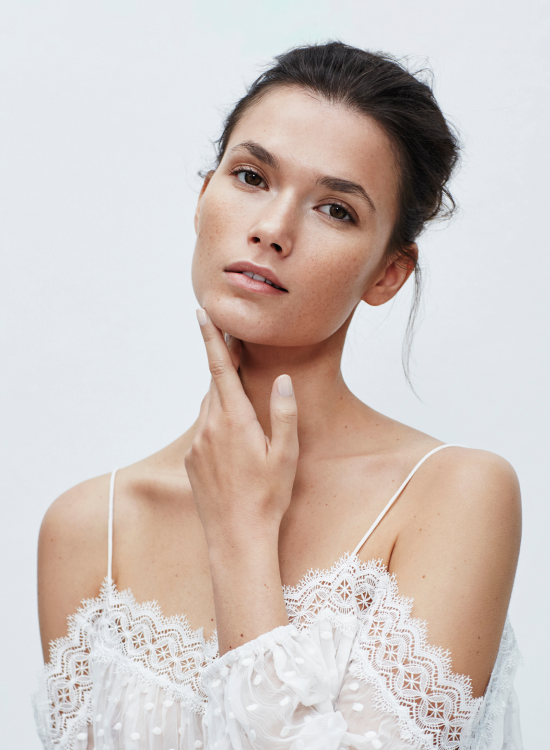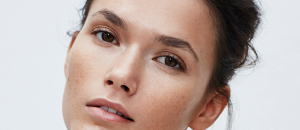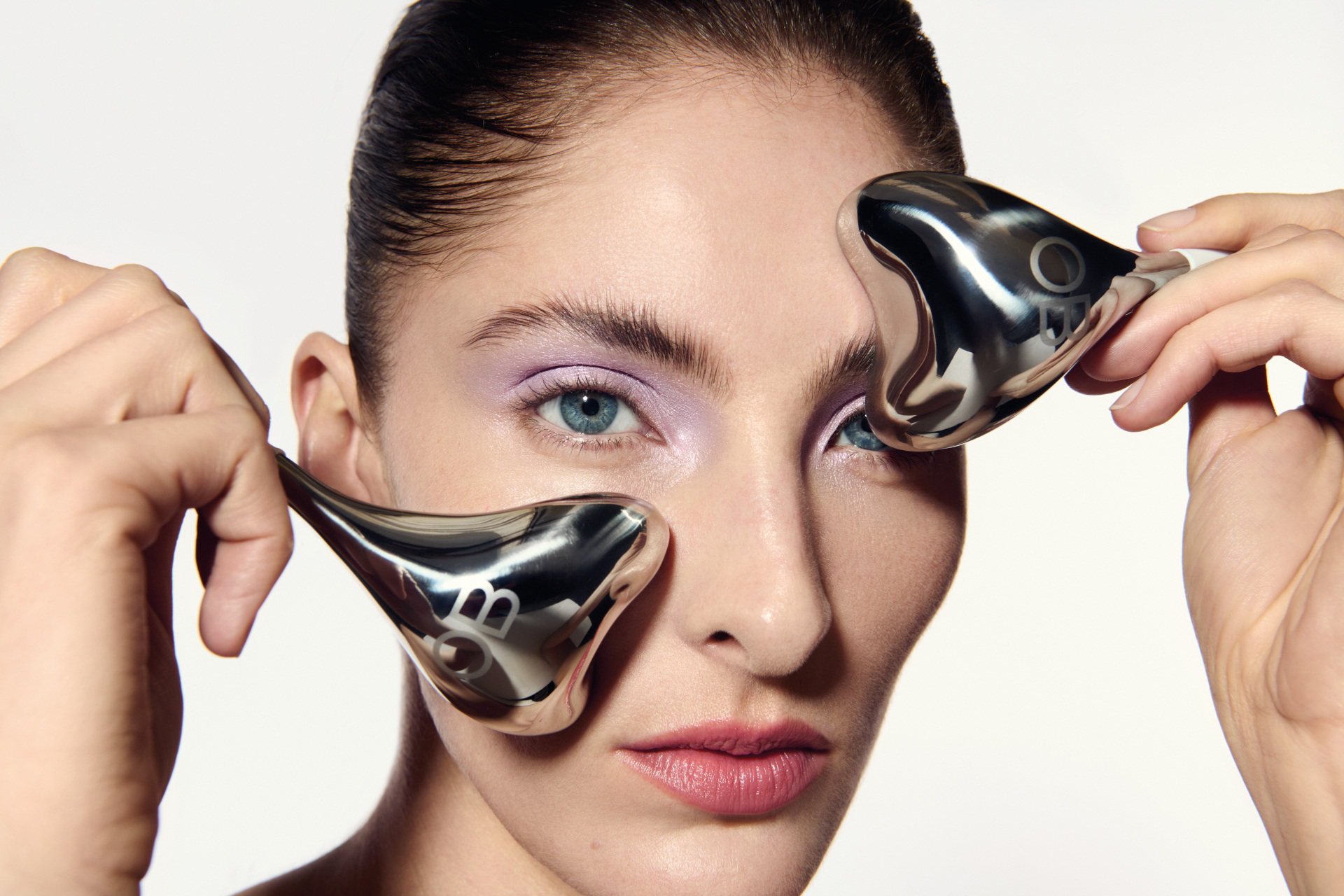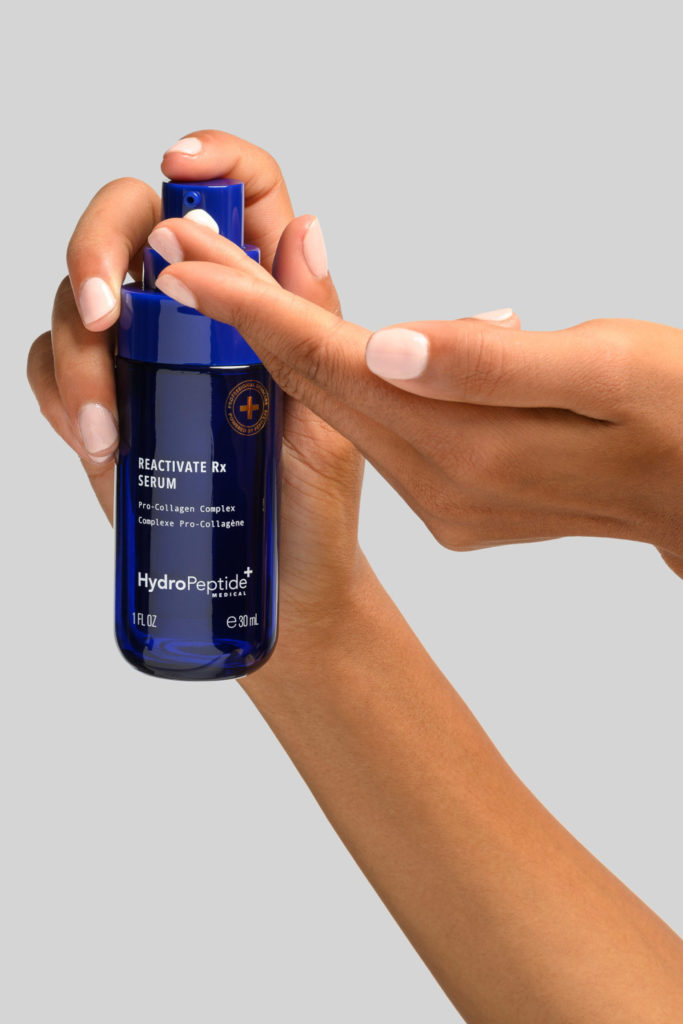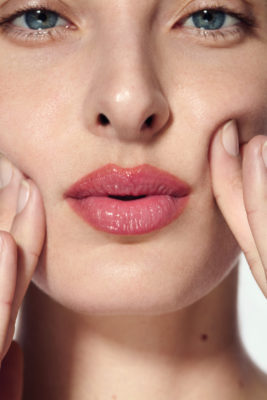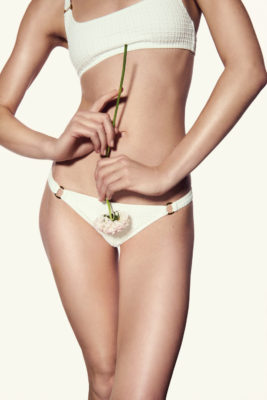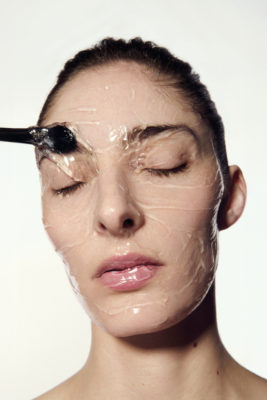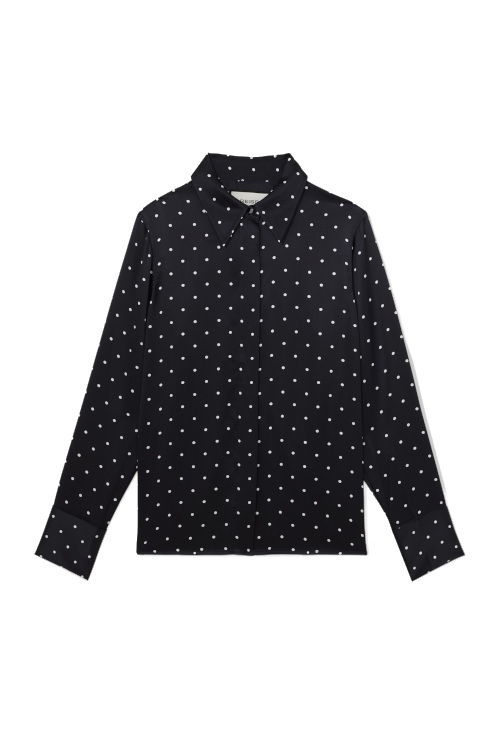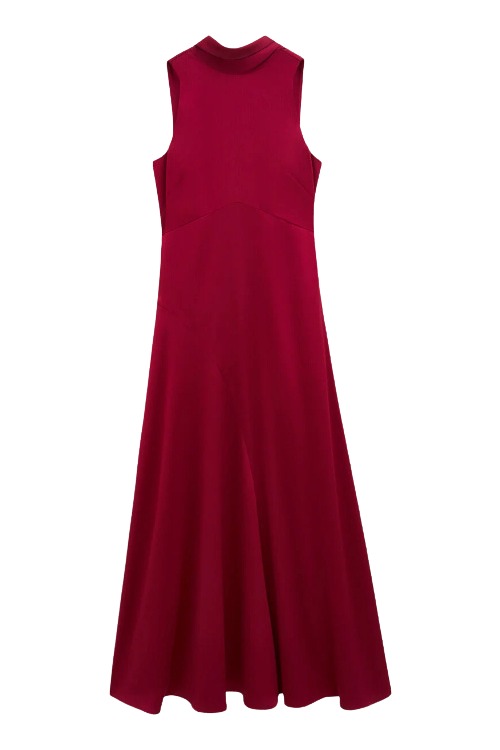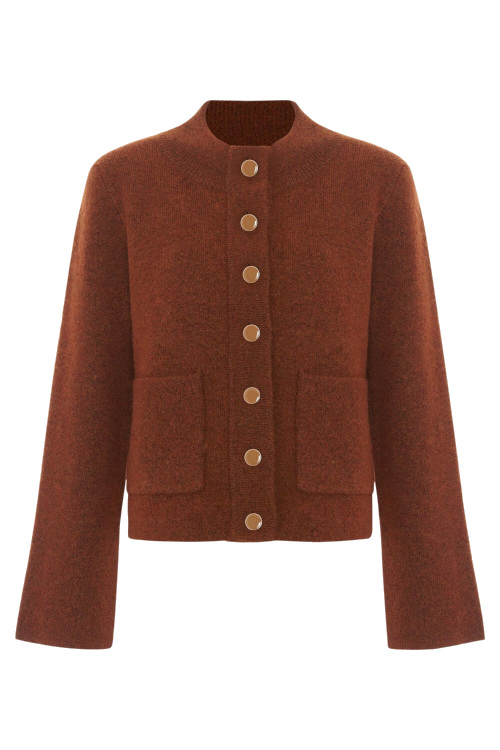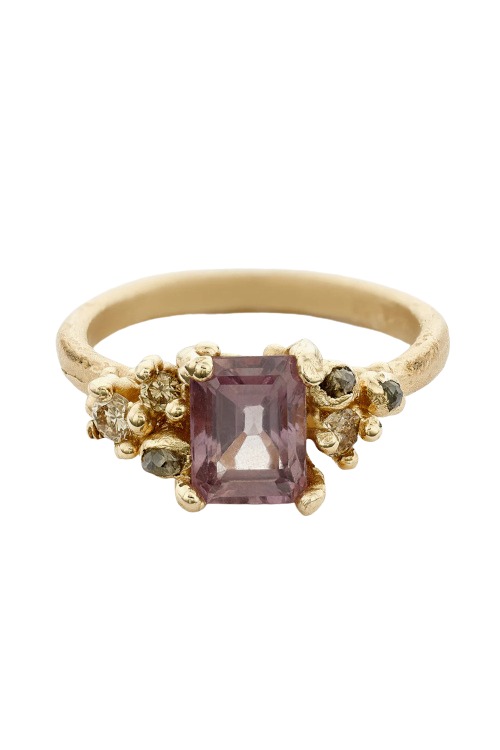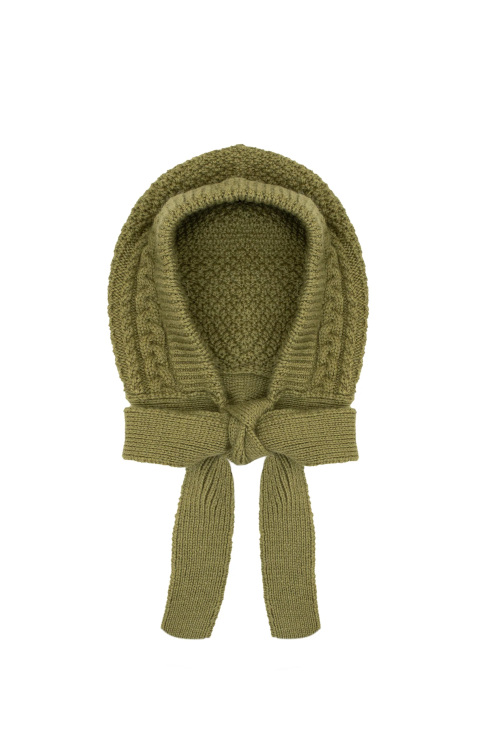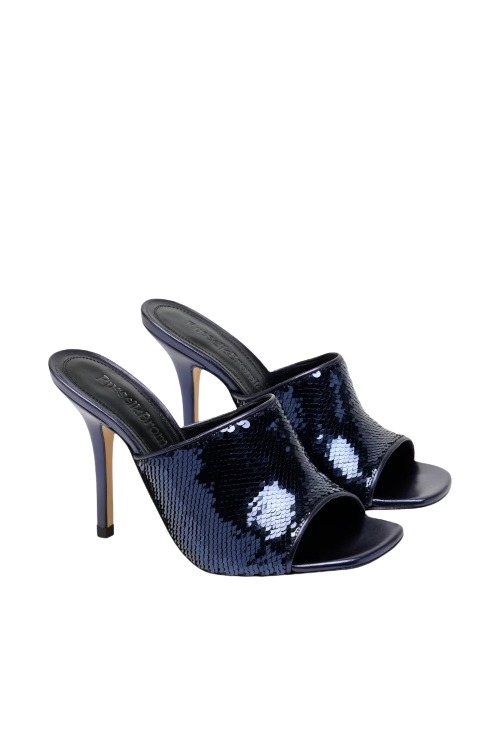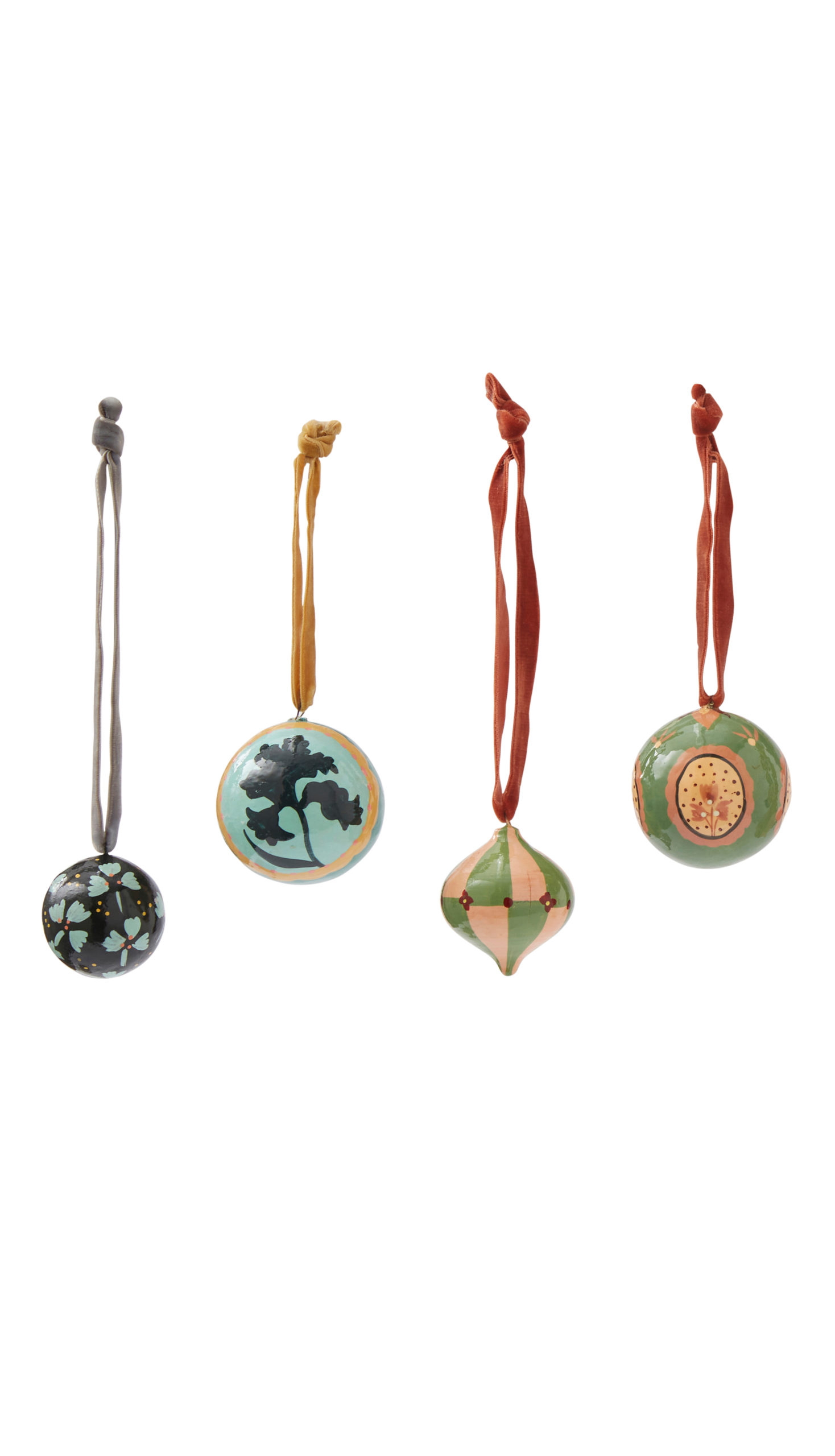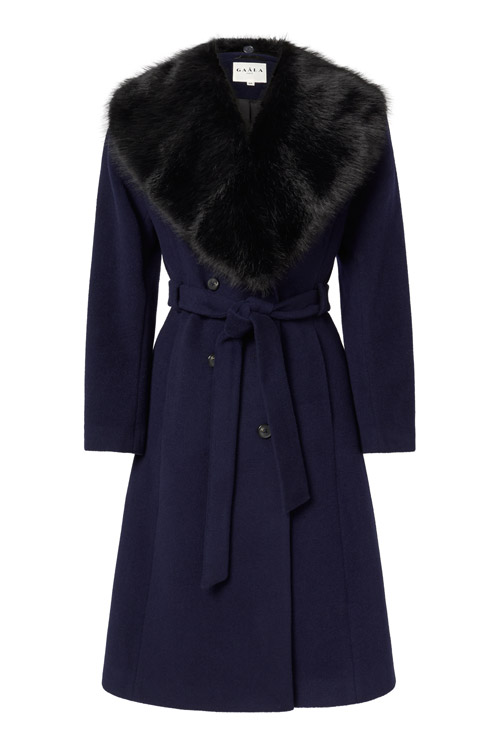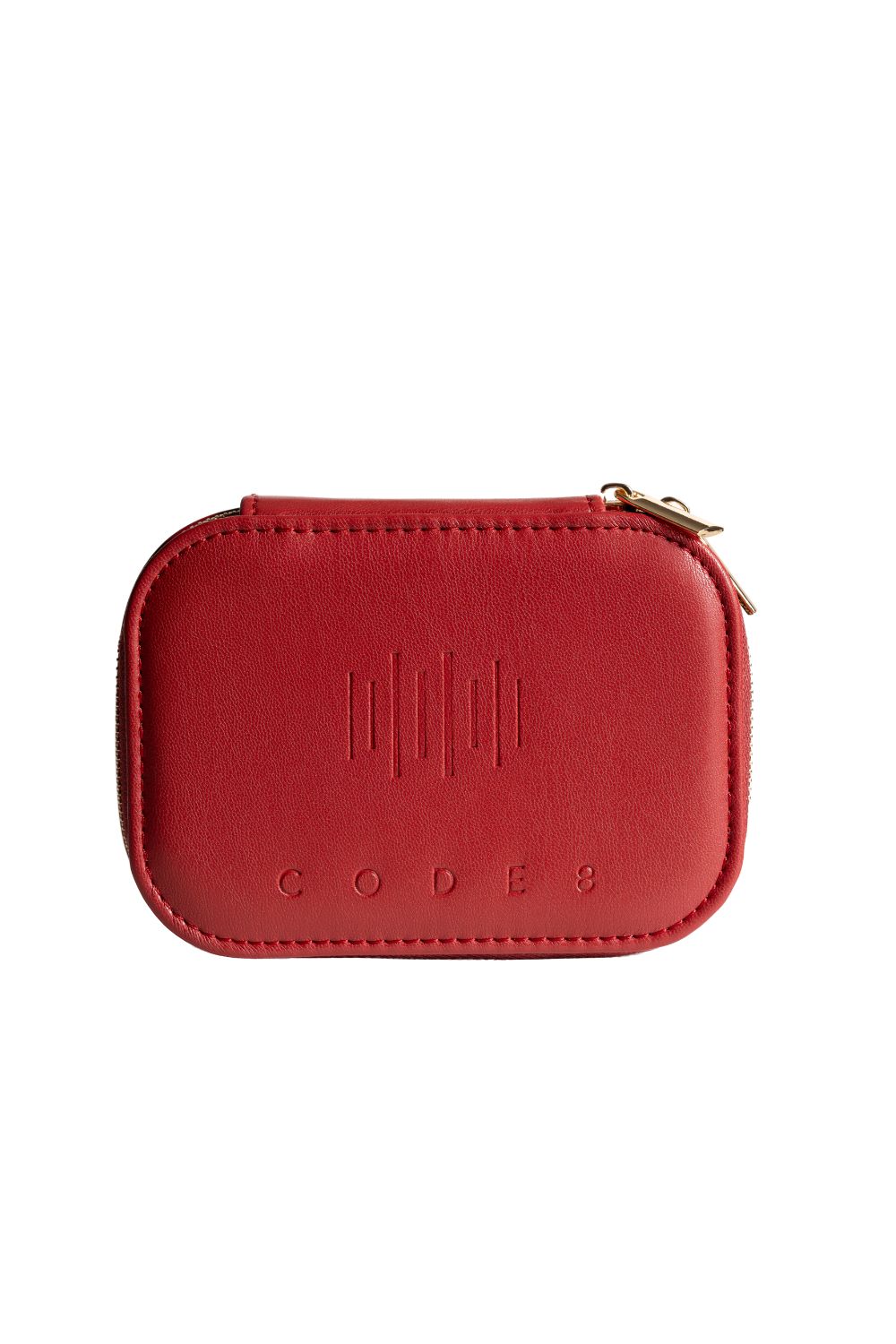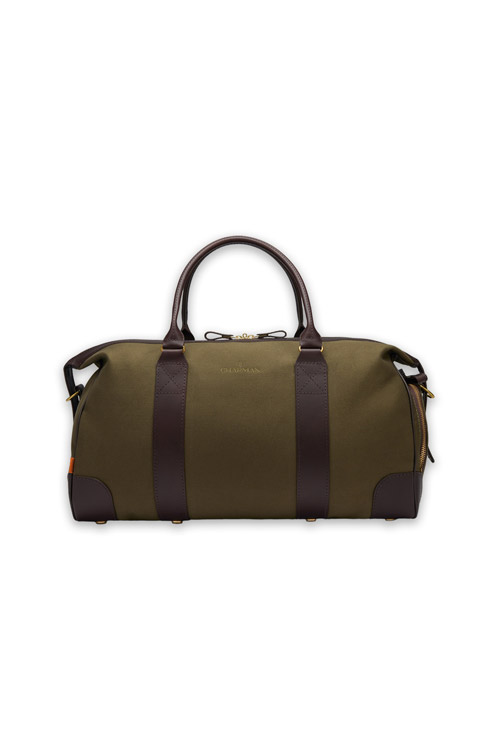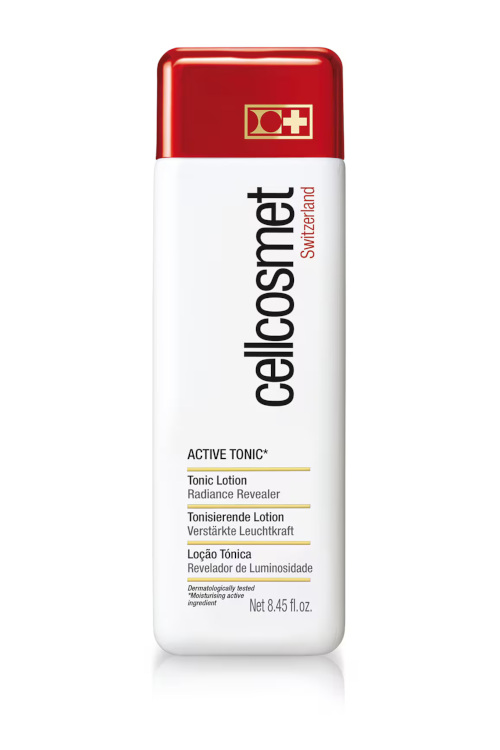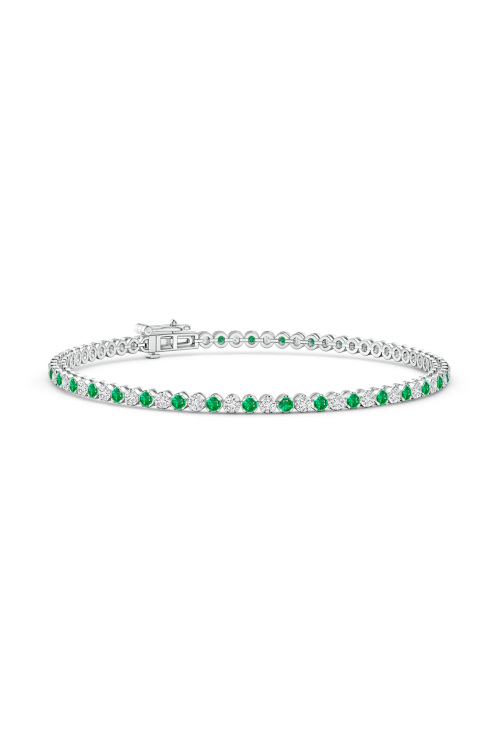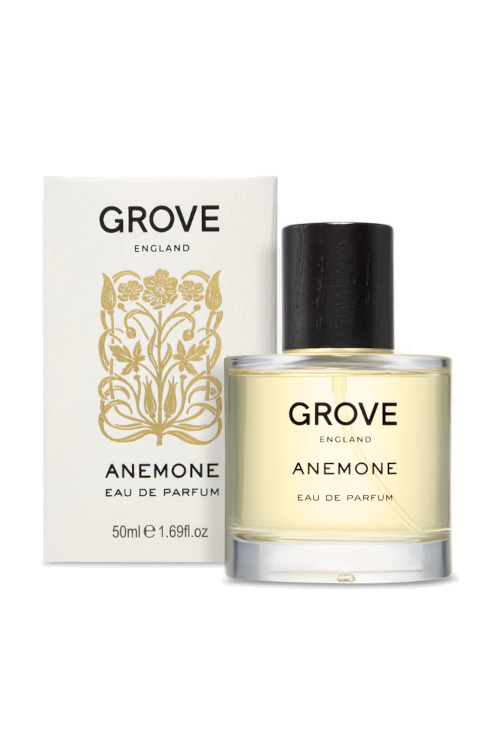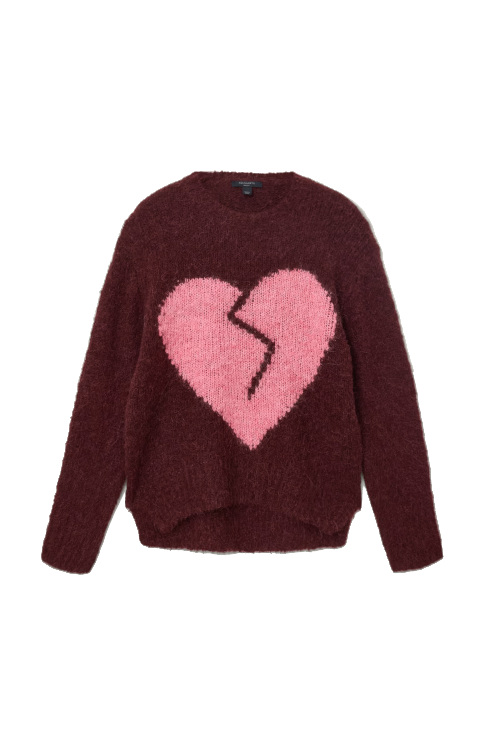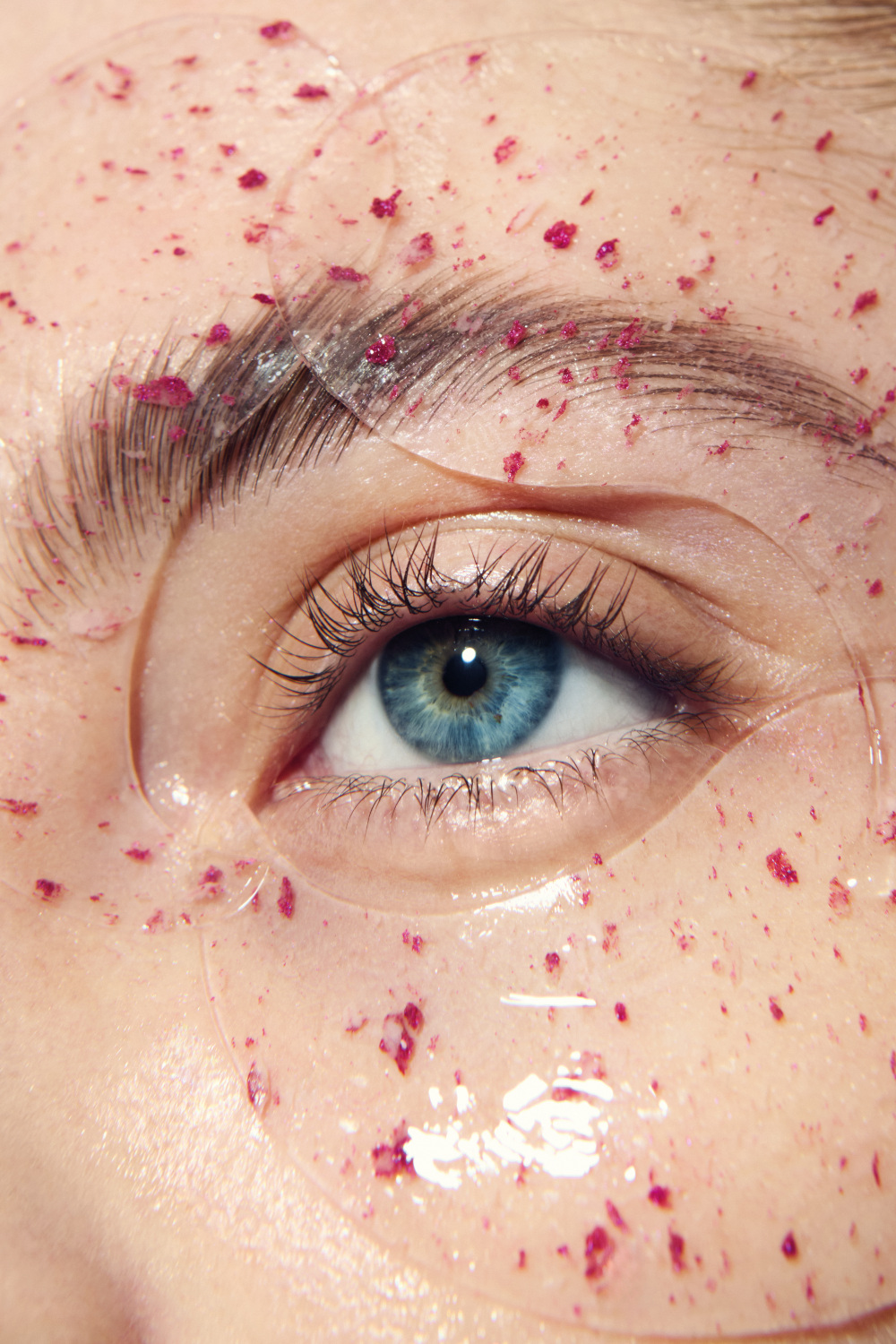
Seeing Is Believing: Inside The Eye Surgery Boom
By
6 months ago
Eye surgery is actually growing in popularity, whereas other invasive surgeries are diminishing.
Let’s face it: your eyes are an instant age giveaway. Annabel Jones reports on the rise of eye lift surgery and rejuvenation treatments.
Eye Lift Surgery Is On The Rise – Here’s Why
I’m sitting in oculoplastic surgeon Dr Daniel Ezra’s office wading through the transformation photos of some of his patients.It’s rather like thumbing through a fashion catalogue. ‘Ooh, that’s a good one,’ I say silently to myself. ‘Crikey, she looks ten years younger,’ I think next.
What strikes me is how affirming blepharoplasty (eyelid surgery) is, not only for the eyes but the whole face. The men and women staring back at me are unrecognisable in some instances. And yet nothing else has changed. They’re not even cracking a smile. But it’s obvious; a weight has been lifted. Without the heavy eye bags and drooping lids that befall us all (some earlier than others), their whole demeanour has changed.
Dr Ezra is one of the UK’s leading oculoplastic surgeons managing his time between his private practice on Harley Street and his NHS work at Moorfields Eye Hospital. Moreover, Dr Ezra lectures, both at Moorfields, where he is medical training director, and internationally for the oculoplastics fellowship in aesthetics, which he set up to pass on his knowledge to up-and-coming surgeons.
Blepharoplasty isn’t new but it is unquestionably having a moment. According to BAAPS (British Association of Aesthetic Plastic Surgeons) in 2022 blepharoplasty procedures rose by 74 percent and brow lifts by 163 percent. The fourth most popular aesthetic surgery has continued to rise by a further four percent from 2023-2024, while nearly every other cosmetic surgery, excluding the facelift, showed a significant downturn.
I know four women who’ve recently had the procedure and a handful more who are considering it. While a deep plane facelift costs in the region of £25-£30,000 (for a good one) and is a six-hour procedure under general anaesthetic with up to six months recovery, a ‘bleph’ (its colloquial name) can come in under £10,000 and is comfortably performed awake, with sedation.
The secrecy surrounding all types of facial surgery is waning, especially given that methods are increasingly subtle, but for a certain bracket of middle-aged women – myself included – putting one’s entire face in for an upgrade feels like broaching some other universe in which everything thereafter is subject to scrutiny. In other words, it’s not something to take lightly.
The actress Jane Fonda told Vogue in 2022 that after having a facelift in her 40s, she put the brakes on for fear of going too far. ‘I stopped because I didn’t want to look distorted,’ she said, adding, ‘a lot of women… they get addicted.’
Granted, eyelid surgery is still an operation but the reasons for having it are nuanced, and oftentimes functional. Overly hooded eyelids, for instance, can begin to obstruct one’s vision if the excess hanging skin is not surgically removed. Then there’s the burden of under-eye bags, which for some are so obtrusive, they can make the person appear permanently exhausted, a significant psychological burden if nothing else.
Brow lifts, which are often combined with blepharoplasty, can change how we emote expression. A deep set frown signals meanness, whereas eyes that slope downwards at the outer corner can make you look sad. According to the Massachusetts Institute of Technology, eyebrows have been found to play a key role in the expression of a number of emotions, including happiness, surprise and anger. Needless to say, the former is preferable.
Dr Ezra has his own theory. ‘There appears to be no functional reason for why we have eyebrows other than it’s one way to communicate how we are feeling,’ he tells me. ‘My young daughter and I watched the Disney film Wall-E the other day. She asked me why the main character was sad,’ he says, adding the only clue she had was Wall-E’s eyes, which are pitched at a downwards slant.
Naturally, there’s a great deal of patients opting for cosmetic eye surgery for the aesthetic benefits alone. It’s not surprising considering eyes are not only the windows to our emotional wellbeing but often they are the first feature (other than hands) to show the signs of ageing.
Dr Elizabeth Hawkes, an eye surgeon and aesthetic doctor, says women tend to notice a difference when it becomes more difficult than usual to apply eye make-up. ‘The outer part of the eyelid is the first part to sag, therefore when you go to apply eyeshadow or eyeliner it smudges because the skin is no longer taught,’ she says, adding, ‘my clients often complain that it’s happened overnight but it’s really just the tipping point to an ageing process that has been happening gradually over time.’
Ageing eyes, stresses Dr Hawkes, happens to everyone eventually. Excess eyelid skin, otherwise known as hooded eyes, can be a touchy turning point for men and women. ‘Perhaps a client isn’t sleeping well because of the menopause, or they’ve got two kids and are being pulled in every direction. Then someone at work mentions they look tired; suddenly they feel like the oldest person in the room.
Dr Hawkes says changes to the skin around our eyes begins in our 30s, depending on a number of factors from genetics to lifestyle. ‘The average age for someone to have an upper blepharoplasty is 45, and for a lower blepharoplasty it tends to be a bit later, usually in the 50s,’ she explains, citing non-surgical interventions as the reason for delaying the latter.
Dr Hawkes, who has always had a keen interest in cosmetics (‘I was the girl who was doing all her friend’s make-up at college’), offers undereye rejuvenation injectables like polynucleotides and prudent under filler alongside or instead of surgery.
For loose upper skin, however, the gold-standard treatment is blepharoplasty, says Dr Hawkes, as lasers ‘don’t work’ and can be damaging to the delicate eyelid skin. Preventive measures such as Botox, when strategically injected, will raise eyebrows enough to make an impact but it isn’t a long term solution. ‘Botox can work really well to lift the eyes for a good five years or so, but after a certain point surgery is the only viable option.’
Easy ways to protect the eyes from ageing are to wear sunglasses regularly to shield from UV radiation and being extra gentle when taking contacts out and make-up off.
As most skincare products for the eyes are targeted towards the lower eyelid where dark circles or puffiness persist, it’s common to forgo using a cream on the upper lids. Dr Hawkes says this is key to fending off the droop. She recommends one with hyaluronic acid to hydrate and peptides to firm and encourage collagen formation, and not forgetting to extend your SPF to the eyelid area.
At night, she recommends a mild over-the-counter retinol serum to help with skin turnover, but warns against using anything stronger, like prescription tretinoin, as the skin on the eyes is more sensitive.
As far as injectables go, Dr Hawkes is seeing good results with polynucleotides, a good option for the skin beneath the eyes that doesn’t have subcutaneous fat. ‘Studies say polynucleotides can improve dark circles by increasing angiogenesis [blood supply], which purifies and rejuvenates the area; it also has a mild volumising effect for patients that aren’t candidates for filler.’
Dermal filler, says Dr Hawkes, should be prescribed carefully. In the wrong patient, such as someone with malar edema (fluid retention just above the cheekbones), a condition that’s often missed, it can cause puffiness. And while filler can be dissolved, this has its own issues, especially if the area has been overfilled to begin with. ‘I see a lot of patients in this position who’ve been left with a sunken appearance from filing, dissolving, then filling again, which is very tricky to correct even in the best of hands,’ she emphasises.
Dr Ezra has his own method of under-eye filler that he’s honed over the years to mitigate for issues. ‘We’ve developed a special technique called a three-point tangent technique, which has a low risk of complications. The secret is to use a very light dose.’
Dr Ezra is known for his subtlety, particularly when it comes to a direct brow lift, a procedure where an incision is made just above the brow line to lift the outer corners of the eyes. While surgeons are increasingly placing the incisions further back in the hairline to minimise scarring, it’s a compromise. ‘Typically the further away from the brow you get, the less impactful the lift,’ Ezra explains.
He adds: ‘We’ve made some modifications to the way we do a direct brow lift so that the scarring is as invisible as it gets. In our scar acceptability study we found that over 90 percent of people didn’t notice the scarring at all. And the eight percent that did notice were happy with the results. Even in those one to two percent of cases where a patient is unhappy, there’s an opportunity for a scar revision follow up.’
Brow lift surgery, however, is one of the most difficult procedures to get right, emphasises Dr Ezra. ‘There’s a tension between avoiding scarring and creating an effective result,’ he says.
The Ezra method marries novel geometric techniques (removing tissue at specific geometries) with meticulous suturing. ‘We’ve had fantastic results,’ he affirms, revealing he’s due to publish a paper on the procedure later this year.
For many people, though, a standard upper blepharoplasty is all it takes to rejuvenate the whole eye area, which for a minimally invasive, rapid healing surgery, is pretty powerful.

